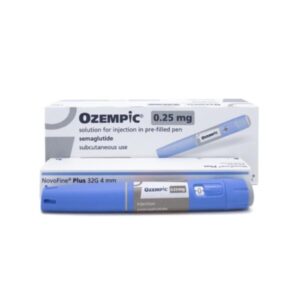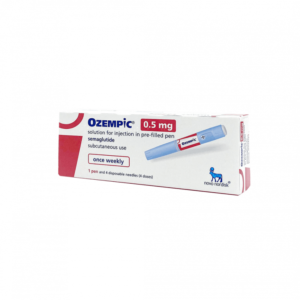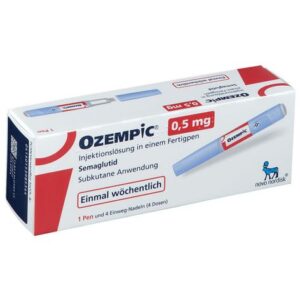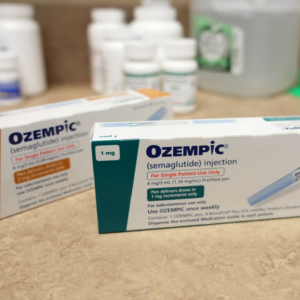Ozempic Philippines
Understanding Ozempic in the Philippines: A Comprehensive Guid
Ozempic is a revolutionary medication for managing type 2 diabetes, offering hope and improved outcomes for patients in the Philippines. This article aims to provide a thorough understanding of Ozempic, including its mechanism of action, benefits, availability, and usage guidelines in the Philippines.
What is Ozempic?
Ozempic, with the generic name Semaglutide, is a once-weekly injectable medication used in the treatment of type 2 diabetes. It belongs to the class of drugs known as glucagon-like peptide-1 (GLP-1) receptor agonists. Ozempic works by mimicking the effects of the natural hormone GLP-1, which helps regulate blood sugar levels by stimulating insulin secretion, reducing glucagon secretion, and slowing down gastric emptying.
Mechanism of Action
- GLP-1 receptor agonists like Ozempic bind to GLP-1 receptors on pancreatic beta cells, promoting insulin secretion in a glucose-dependent manner. This helps lower blood sugar levels without causing hypoglycemia.
- Ozempic also suppresses glucagon secretion, which helps reduce excessive glucose production by the liver.
- Additionally, Ozempic slows down gastric emptying, leading to a decrease in postprandial glucose levels.
Benefits of Ozempic
- Effective Blood Sugar Control: Clinical trials have demonstrated that Ozempic effectively lowers blood sugar levels in patients with type 2 diabetes, both as a standalone therapy and in combination with other antidiabetic medications.
- Weight Loss: Unlike some other diabetes medications that may cause weight gain, Ozempic has been associated with weight loss in many patients. This can be particularly beneficial for individuals with type 2 diabetes who are overweight or obese.
- Cardiovascular Benefits: Studies have shown that Ozempic may reduce the risk of major adverse cardiovascular events, such as heart attack and stroke, in patients with type 2 diabetes who are at high risk for cardiovascular disease.
- Convenient Once-Weekly Dosing: Ozempic is administered via a once-weekly subcutaneous injection, offering convenience and improved adherence compared to medications that require daily dosing.
Availability in the Philippines
Ozempic is available in the Philippines as a prescription medication. It is typically prescribed by healthcare providers, such as endocrinologists or general practitioners, for patients with type 2 diabetes who require additional treatment to achieve adequate blood sugar control.
Usage Guidelines
- Dosage: The recommended starting dose of Ozempic is 0.25 mg once weekly, which may be increased to 0.5 mg once weekly after four weeks based on individual response and tolerability.
- Administration: Ozempic is administered via subcutaneous injection in the abdomen, thigh, or upper arm. Patients can self-administer Ozempic after receiving proper training from their healthcare provider.
- Monitoring: Patients prescribed Ozempic should undergo regular monitoring of their blood sugar levels, as well as routine follow-up appointments with their healthcare provider to assess treatment efficacy and safety.
- Side Effects: Common side effects of Ozempic may include nausea, vomiting, diarrhea, and abdominal pain. These side effects are usually mild to moderate in severity and tend to improve over time.
- Precautions: Ozempic should be used with caution in patients with a history of pancreatitis or medullary thyroid carcinoma. It is not recommended for use in patients with type 1 diabetes or diabetic ketoacidosis.
Conclusion
Ozempic is a valuable addition to the armamentarium of medications available for the management of type 2 diabetes in the Philippines. Its once-weekly dosing, along with its efficacy in lowering blood sugar levels and promoting weight loss, makes it a preferred choice for many patients and healthcare providers. By understanding the mechanism of action, benefits, availability, and proper usage guidelines of Ozempic, individuals with type 2 diabetes can work with their healthcare providers to achieve better control of their condition and improve their overall health outcomes.
Showing the single result




